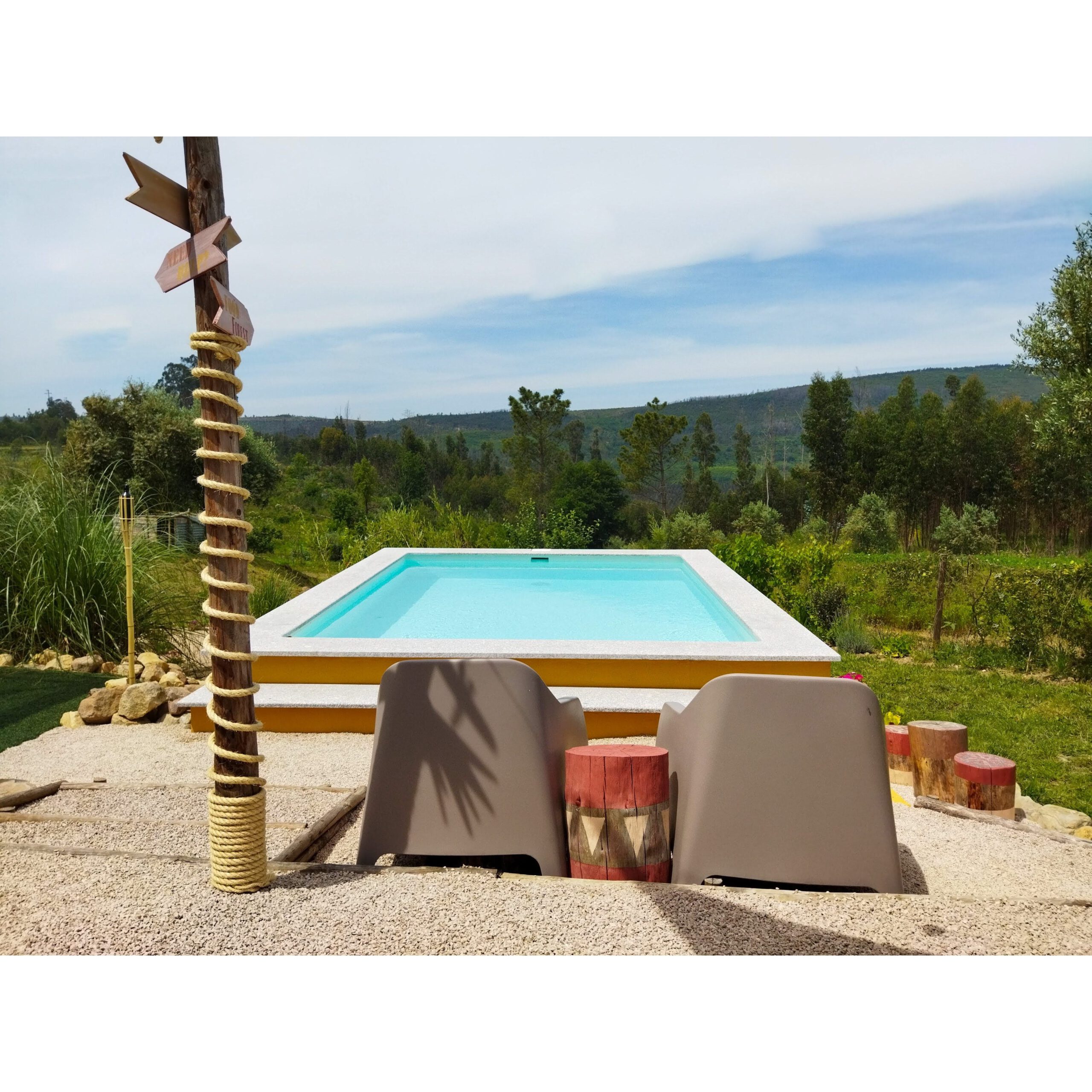Let's wander around and discover some villages of the parish of Vila nova do Ceira (Góis). Today the walk takes us past four locations, which are perhaps the most remote of the parish.
Chapinheira
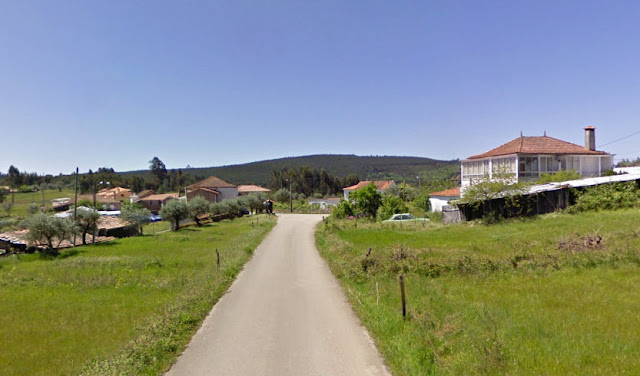
Located at the top of a hill, with a beautiful view all around.
It is the village north of the parish and falls under three municipal administrations, Gó
is, Arganil and Vila nova de Poiares.
Initially the village was formed by a number of farms and that is why now the houses are still far apart compared to most villages in the area.
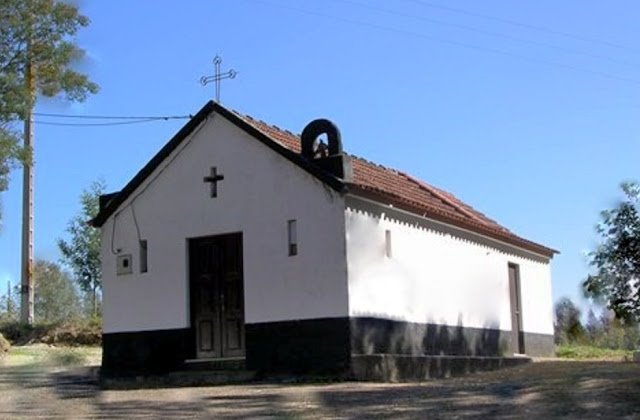
In Chapinheira, on the side of the municipality of Góis, there is a chapel in honor of the Nossa Srª. da Salvação (Our Lady of Salvation), with a square for parties and parties. This church was built in 1903 for and by a family. However, the Church has always had a public function for the local population. In 1973 the new chapel was built on the old foundations.
Campelo

On the hill in the direction of walking to the Ceira valley, we pass the village of Campelo. The older buildings in the village were built with round rocks from the ice age and valley clay.
Telhada

The village of Telhada is a few kilometres from Chapinheira, at the top of another ascent. Again, the oldest houses show the used building materials from the past, only materials from the region: the boulders and clay.
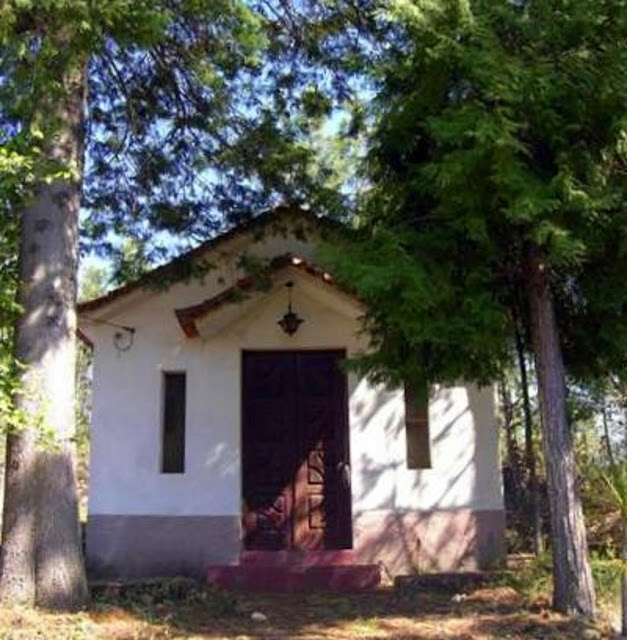
The patron of Telhada is Santo Amaro (Saint Amaro). The chapel is located at the beginning of the village, was financed by the population and was inaugurated on October 2, 1983. It is known that there was previously another chapel of which there is nothing left, however, nothing is known about the location where it stood.
Carapin Hall

Further down the slope from Telhade we pass the Carapinhal which was first mentioned in 1527 in a census after having a fire. In this village you regularly see the oldest houses, built with typical materials of the region. The patron saint of Carapinhal is Nossa Senhora da Conceição (Our Lady of Conception).
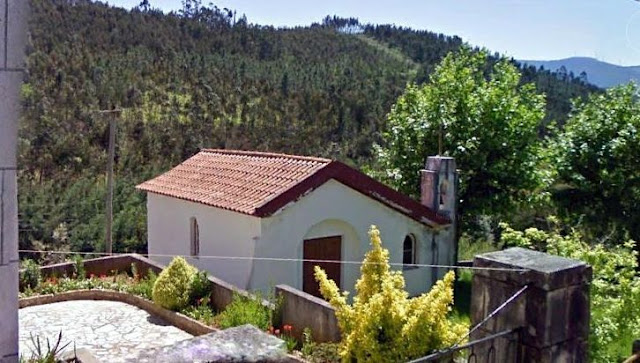
The chapel was opened in 1802 and is located on the square, where the fountain is currently located. When the chapel of Telhada was already in an advanced stage of decay, the altarpiece was moved to the chapel of Carapinhal. Later, the chapel was moved to the background, where it stayed for many years. However, the chapel was in a state of disrepair and in 1968 the new chapel was built on the ruins of the original chapel.
There is much more to tell about these villages, e.g.dat Chapinheira hosted the province and thus had an important function for the area. The original place of the village was in the valley of the mountain that you are still looking forward to today and was of economic significance in the past, by producing lime and clay for various industries and art, as well as as good manual workers, carpenters, sawsmen, tailors, traders, etc.
